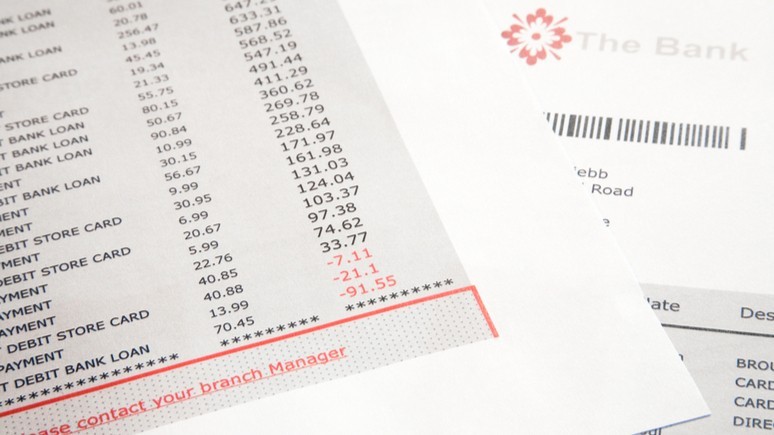What happens to an overdrawn director’s loan account in liquidation?
Posted on: Friday 5th March, 2021

What is an overdrawn directors’ loan and does this have to repaid if the company becomes insolvent?
A director’s loan account (DLA) records transactions between a director and their company. This includes any initial investment made by the director, and all monies withdrawn from the business.
As the company is a separate legal entity to its directors, any monies taken that exceed the amounts invested create an overdrawn position and are essentially loans from the company.
These loans cannot be written off, and if this is attempted the transaction will be reversed by the liquidator, making directors personally liable for repayment of the funds. So what happens to an overdrawn director’s loan account in liquidation, and what are the implications for directors personally?
An overdrawn DLA in liquidation
When a company enters liquidation, the office-holder must sell the business’ assets and repay creditors from the funds generated. They also gather in monies that are owed to the company, including the balances of any overdrawn directors’ loan accounts.
These sums will be used to increase the returns for creditors, a particularly important point for unsecured creditors who, as a group, tend to receive very little from a company liquidation procedure.
Potential ramifications of an overdrawn DLA in liquidation
If a director cannot afford to repay this money to the company, the liquidator will ultimately be able to take legal action through the courts, leaving directors at risk of personal bankruptcy.
Running an overdrawn director’s loan account when it cannot be repaid also makes directors vulnerable to disqualification, as an investigation is always undertaken by the office-holder during company liquidation.
Director conduct comes under scrutiny whichever type of liquidation is followed, but when it’s compulsory liquidation, there’s an indication that directors haven’t placed the interests of creditors first. This goes against statutory duties, and will be another key focus for the liquidator’s investigations.
What can the director of a company in liquidation do if there’s an overdrawn DLA?
Entering Creditors’ Voluntary Liquidation, or CVL, enables directors to meet their legal obligations and prioritise company creditors. This is a formal insolvency process that also enables directors of insolvent companies to choose their own liquidator.
There are professional fees to pay, but a successful claim for director redundancy can fund the process and/or repay the overdrawn DLA. An average claim is around £9,000 - a substantial sum that can help directors avoid allegations of misconduct and wrongful trading.
An overdrawn director’s loan account in liquidation is a worrying situation that threatens a director’s personal funds and assets, including their home. The end result could be the loss of their company, income, and wealth as a whole.
Director redundancy and overdrawn DLAs
You may be eligible for director redundancy pay if you’ve worked as an employee of the company for at least two years. You also need to have worked a minimum of 16 hours per week in a role that’s not only advisory.
The implications of running an overdrawn DLA are serious if your company enters insolvency. You could face personal liability and disqualification as a director for up to 15 years, but claiming redundancy could help you avoid this situation.
Seek professional insolvency help
Even if your director’s loan account is overdrawn, and you believe your company may be insolvent, it’s vital to seek professional advice as a matter of urgency. To find out if you’re eligible for redundancy pay as a director, and for more information on what happens to an overdrawn director’s loan account in liquidation, please call our team at CFS Redundancy Payments Ltd.


